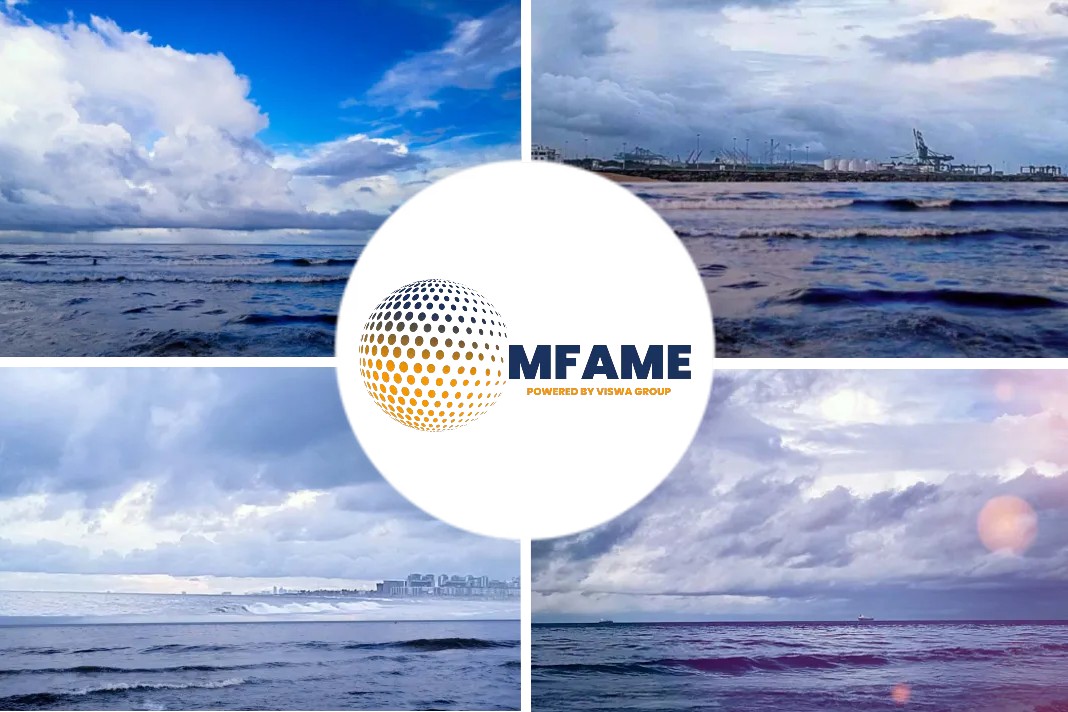The war in Ukraine is changing the forecast for hydrocarbon supply, demand, and pricing, as well as the speed and cost of energy transformation, it is difficult to forecast the exact timing and implementation of future bans on Russian commodities imports, says an article published in LNG Industry.
Strong demand
There is a genuine possibility of some global supply being lost, especially with the global economy on a knife’s edge and energy costs substantially higher.
Europe’s quest for additional LNG as a means of reducing Russian pipeline gas has pushed spot prices to all-time highs, bolstering coal demand.
At the same time, supply-chain concerns are increasing, and inflation is driving up energy costs.
These are the latest findings of a new Wood Mackenzie analysis, which also showed that, given this backdrop and the current resilience of coal, furthering the energy shift could be more costly and more carbon intensive.
Diversification strategies
Massimo Di-Odoardo, Vice President of Gas and LNG Research at Wood Mackenzie, said: “It is inconceivable that Europe will abandon its diversification strategies and return to any meaningful dependence on Russia.”
Based on the assumption that Europe bans all Russian commodities by the end of 2024, Wood Mackenzie’s new analysis considers the impact on commodities over the next decade, as well as for investment, the energy transition and geopolitics.
Loss of access
Di-Odoardo said: “While prices will be structurally higher and a ban on Russian gas will be more challenging than that of other commodities, the ‘west’ can live without Russian commodity exports and we are already seeing a new trade balance taking shape. Increasing domestic coal production in China and India will compensate lower seaborne availability. While perhaps the biggest risk to Russian oil production is in the long-term and relates to the loss of access to western partners, technologies and services”.
Compelling investment
According to Wood Mackenzie’s assessment, if Russia’s gas is banned in the future, LNG competition will heat up as Europe competes with Asia for constrained supply increases until roughly 2026.
Over the next few years, LNG appears to be the most appealing investment option among all hydrocarbons.
Investment decisions
“A huge increase in LNG project investment is being supported by a rapid increase in European LNG demand, with US developers already looking to fill the space,” said Di-Odoardo.
“As a result, there is a potential for 50 million tpy of new US LNG capacity that will take final investment decisions over the next two years – and this could double if Europe bans imports from Russia by 2024.”
Emerging biggest concern
Di-Odoardo further commented: “But despite disruptions to Russian exports, global supply chains are now emerging as the biggest concern. Rising costs could delay investment in necessary energy supply and delay the pace of investment in clean energy needed to meet decarbonisation goals.”
“The most successful governments, companies, and investors will be those who best navigate these complex market conditions to accelerate the energy transition.”
Low-carbon energy
Wood Mackenzie’s latest report underlines the need for a rapid response by governments, investors and companies:
Governments – Countries with domestic hydrocarbon and critical mineral resources will need a twin-track approach: maximising production of their resources in the short-term while stepping up investment in low-carbon energy supply to meet future demand in the long-term.
Investors – Energy transition investment will be more expensive but remains competitive due to higher commodity and power prices. European renewables will increase rapidly. Energy security priorities will ensure returns remain attractive for hydrocarbons and, increasingly, critical infrastructure. LNG looks the most attractive investment option, but even that could prove limited in time if Europe and other countries accelerate on net zero goals.
Companies – Hydrocarbons will be tremendous money spinners for some time to come. Attractive opportunities for low-cost, low-carbon supply of oil and gas from the national oil companies (NOCs) will continue. But large scale investment by international oil companies (IOCs) in traditional oil and gas projects, as well as international miners in coal projects, will increasingly be displaced by growing investment in low-carbon energy projects. Metals could be the next growth areas for cash-rich IOCs.
Decarbonisation strategies
In response to the war, some European governments have already accelerated their decarbonization plans.
Others will follow, as will increased policy support for investment in developing technologies that will speed up the energy transition.
However, this adds to the strain on already overburdened global supply chains.
Renewable energy costs are already rising, though at a slower rate than coal and gas prices.
There is also a race for metals to build out electrification, which could be exacerbated by decreasing Russian exports.
According to Wood Mackenzie, the energy shift is becoming more aggressive, but it is also becoming more expensive.
Slower economic growth
There’s also a chance that hastening the energy transition would result in additional carbon emissions.
However, according to Wood Mackenzie’s study, rising emissions will be countered by slower economic growth and a greater focus on low-carbon projects, with CO2 emissions falling by up to 15% by 2035 compared to 2021.
It’s a small consolation when the only way to reduce emissions is to limit global prosperity and living standards.
Did you subscribe to our newsletter?
It’s free! Click here to subscribe!
Source: LNG Industry


























